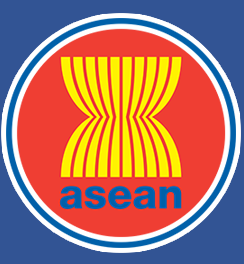ASEAN Journal on Science and Technology for Development
Abstract
Nata de coco, the cellulose produced by Acetobacter aceti with coconut water as substrate, was used as starting material in the synthesis of carboxymethylcellulose after treatment with NaOH and monochloroacetic acid. The product, referred to as carboxymethyl-“nata” (CMN), had a degree of substitution of 0.76, a higher value than those previously reported. This was used in the immobilization of invertase via ionic interaction and adsorptive forces, which produced a viscous colloidal suspension. Agar was incorporated to facilitate pellet formation. Interactions between the agar and the CMN-invertase may have resulted from ionic interactions as well as H-bonding. The immobilized enzyme retained 71% of its initial activity and exhibited optimum pH of 4.5 and an optimum temperature of 55°C. It was more sensitive to pH and temperature changes. The Michaelis constant, Km, was 107.43 mM for the immobilized enzyme, and 71.42 mM for the free enzyme. The Vmax values were 89.28 µmole min-1 and 82.64 µmole min for the free and immobilized enzyme, respectively. Statistical analyses showed that V values did not vary significantly. The higher K of the immobilized enzyme may be attributed to diffusional effects, steric hindrance and conformational modifications of the enzyme. The immobilized enzyme has potential for further applications because of its stability with storage, repeated and continuous use.
Publication Date
12-21-2017
Recommended Citation
E.O.V., Fundador; Sabularse, Fundador V.C.; and M.A.J.R., Revilleza
(2017)
"IMMOBILIZATION OF INVERTASE ON CARBOXYMETHYLCELLULOSE PREPARED FROM NATA DE COCO FOR THE INVERSION OF SUCROSE,"
ASEAN Journal on Science and Technology for Development: Vol. 20:
No.
1, Article 4.
DOI: https://doi.org/10.29037/ajstd.373
Available at:
https://ajstd.ubd.edu.bn/journal/vol20/iss1/4

